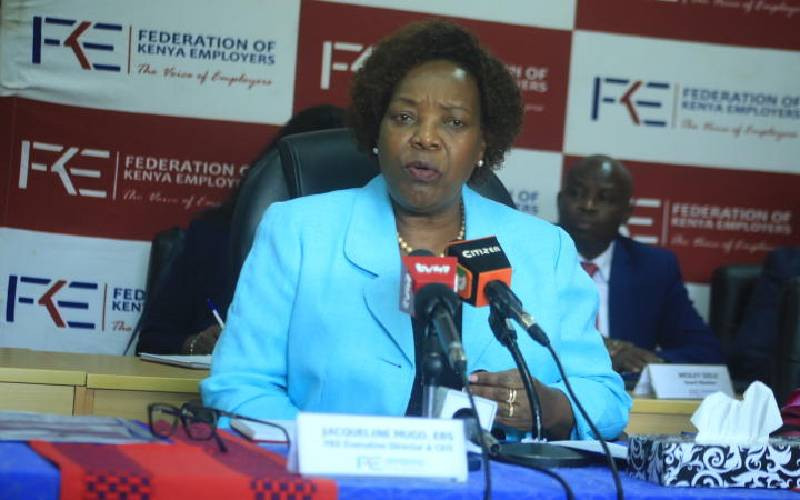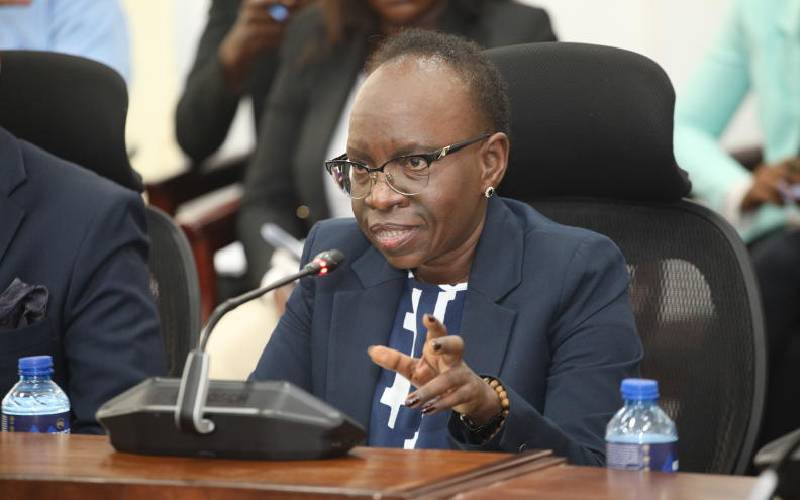By JACKSON OKOTH and NICHOLAS WAITATHU
Turn-around strategies at the State-owned National Bank of Kenya (NBK) suggest that it could be angling for a strategic investor to acquire a stake or the entire bank.
While it has been restructuring its organisational structures, NBK is also looking at injecting more cash into the business. “The proposed rights issue opens up an avenue for the bank to look for a long term investor,” said Aly Khan Satchu, an independent financial analyst.
“Cash raised from the rights issue will make the balance sheet tidy, attracting the attention of potential buyers.” Apart from re-branding, including acquiring a new image and new corporate colours, NBK has also sent off several deputy chief executives and chief managers.
First suitor
While Equity Bank had earlier expressed interest in acquiring NBK, noise from the bank’s board forced Kenya’s largest bank in terms of customer numbers to withdraw.
On the list of those already shown the door is Isaiah Mworia, who served as deputy chief executive for customer services. Also leaving the bank is Ismail Noor, who was appointed a Principal Secretary in the Ministry of Labour and Social Security.
NBK has been on a restructuring path. The process is expected to end in 2017. The bank’s chairman, Mohammed Hassan, explained that the transformation programme is guided by the need to exploit full potential to meet the expectations of investors.
“This requires hiring talent with the necessary experience and background to drive this phase,” Hassan said during the bank’s annual general meeting recently.
“The board thus hired a new managing director through an international competitive process and also approved the recruitment of a senior management team to drive the transformation programme.”
The board has also enlisted a leading international consultancy firm to help the bank develop a turn-around strategy. The implementation has already started bearing early fruits.
The change programme entails a number of projects such as organisational structure changes to create new divisions of corporate, institutional, retail and business divisions to drive the business.
There is also the rationalisation of the support divisions and departments. The bank’s management will also enhance innovation and development of products and an effective sales model.
Product development
Other plans in the pipeline include expanding the bank’s distribution network throughout the country and into regional markets.
Stay informed. Subscribe to our newsletter
The bank is also leveraging investments in technology to centralise and automate service delivery.
“This will help deliver superior customer service cost effectively and manage the wage bill while growing the business,” said.
He observed that the bank will introduce a performance management framework to ensure management performance is stewarded appropriately to achieve the business goals.
 The Standard Group Plc is a
multi-media organization with investments in media platforms spanning newspaper
print operations, television, radio broadcasting, digital and online services. The
Standard Group is recognized as a leading multi-media house in Kenya with a key
influence in matters of national and international interest.
The Standard Group Plc is a
multi-media organization with investments in media platforms spanning newspaper
print operations, television, radio broadcasting, digital and online services. The
Standard Group is recognized as a leading multi-media house in Kenya with a key
influence in matters of national and international interest.
 The Standard Group Plc is a
multi-media organization with investments in media platforms spanning newspaper
print operations, television, radio broadcasting, digital and online services. The
Standard Group is recognized as a leading multi-media house in Kenya with a key
influence in matters of national and international interest.
The Standard Group Plc is a
multi-media organization with investments in media platforms spanning newspaper
print operations, television, radio broadcasting, digital and online services. The
Standard Group is recognized as a leading multi-media house in Kenya with a key
influence in matters of national and international interest.








